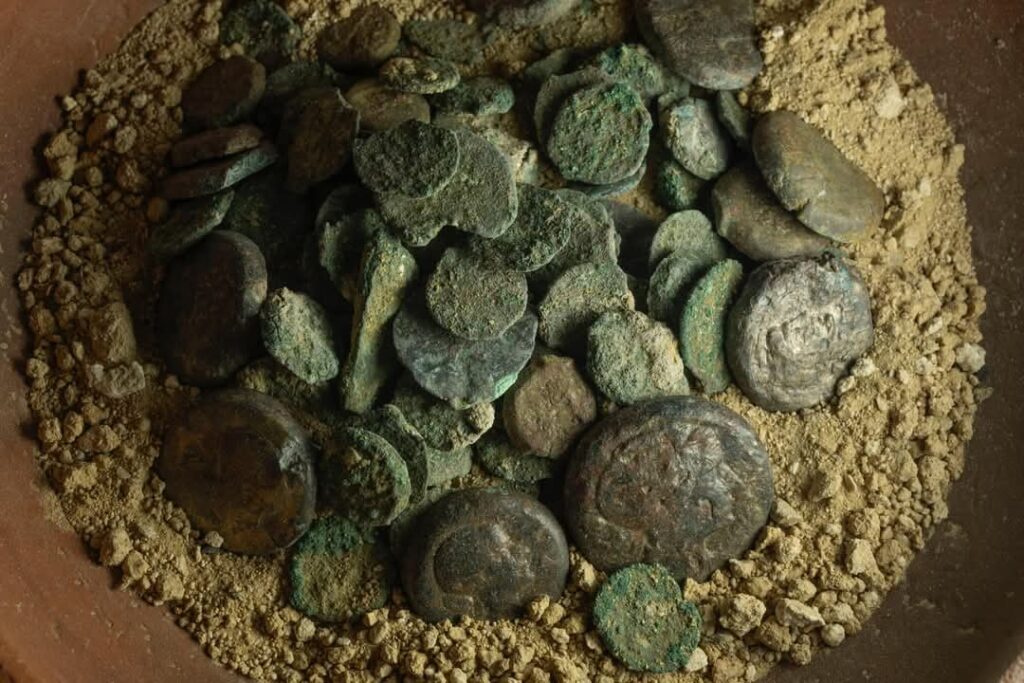New Discoveries at Taposiris Magna Temple, West of Alexandria
Foundation Deposits and Artifacts Shed Light on Late Ptolemaic History
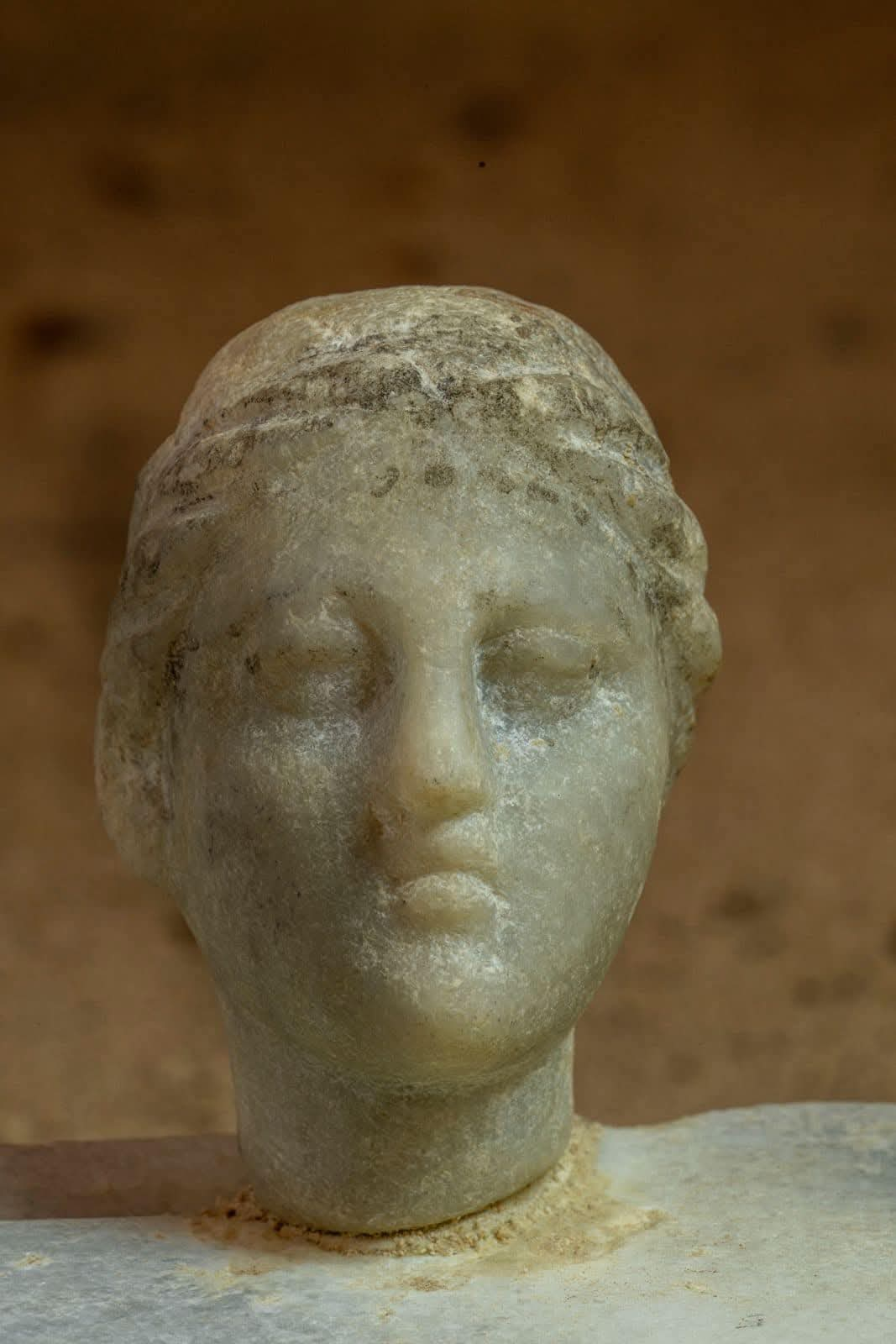
The Egyptian-Dominican archaeological mission, led by Dr. Kathleen Martinez in collaboration with the Universidad Nacional Pedro Henríquez Ureña (UNPHU), has uncovered foundation deposits beneath the southern wall of the enclosure at the Taposiris Magna Temple, west of Alexandria. These deposits include a remarkable collection of artifacts and ceremonial items, offering new insights into the history of this region during the late Ptolemaic era
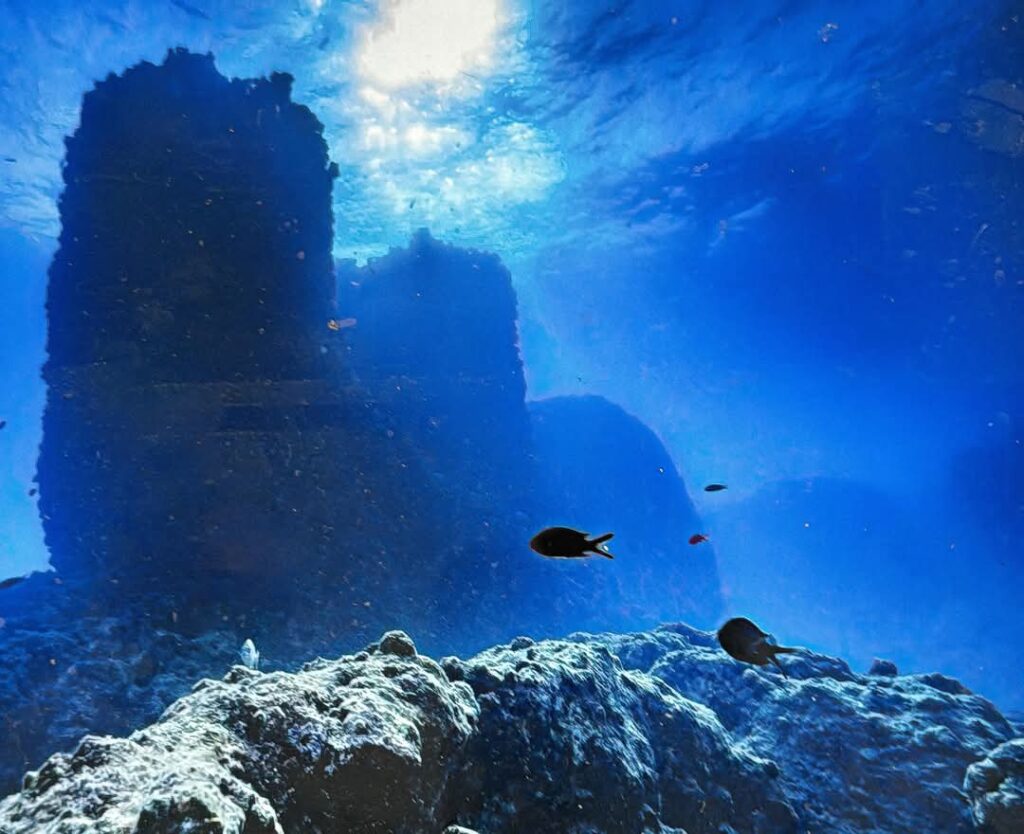
Dr. Mohamed Ismail Khaled, SecretaryGeneral of the Supreme Council of Antiquities, highlighted the significance of two key finds: a small white marble statuette of a woman wearing the royal diadem and a limestone bust of a king adorned with the Nemes headdress. He added that while Dr. Martinez believes that the marble statuette depicts Queen Cleopatra VII, many archaeologists dispute this claim, noting that the facial features differ from known depictions of Cleopatra VII. It is more likely the statue represents another royal woman or princess.
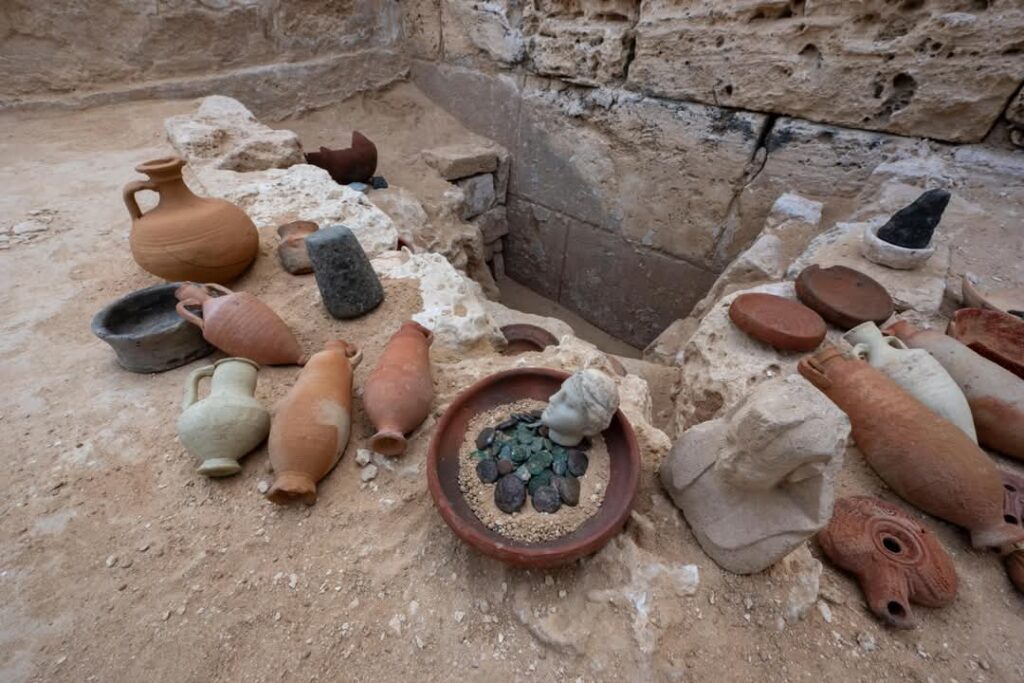
Other significant discoveries include 337 coins, many bearing the image of Cleopatra VII, as well as ceremonial pottery vessels, oil lamps, bronze statues, a limestone container for cosmetics, and a scarab amulet inscribed with the phrase: “The justice of Ra has arisen.” Additionally, the team found a bronze ring dedicated to the goddess Hathor and ceramic shards dating the temple to the late Ptolemaic period, confirming that its construction dates back to the 1st century BCE.
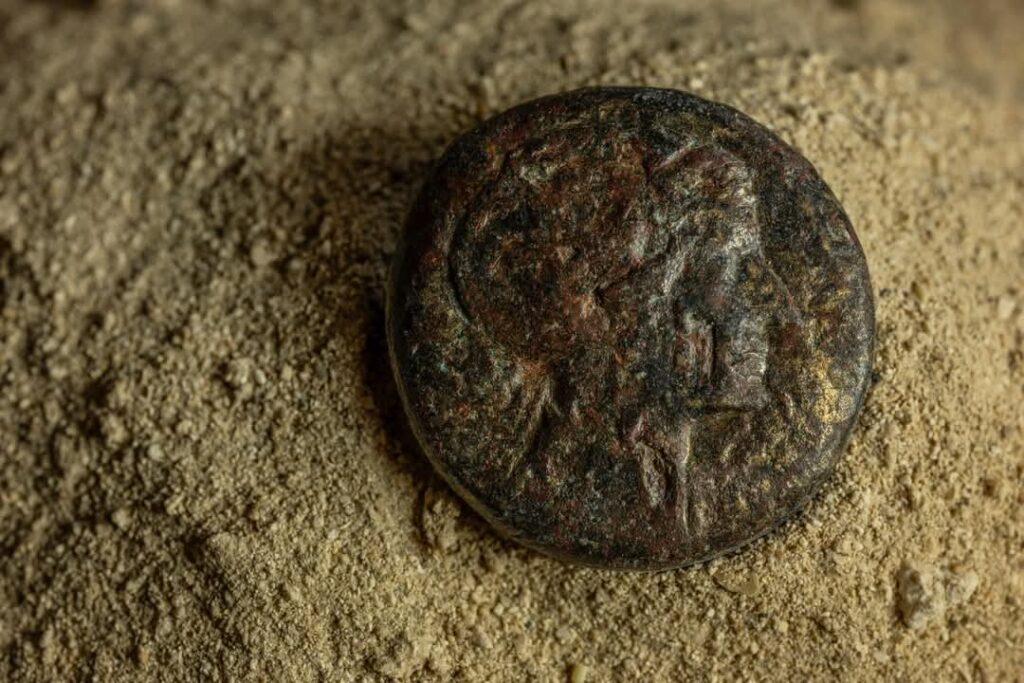
Dr. Martinez also reported the discovery of the remains of a Greek temple from the 4th century BCE, which was destroyed between the 2nd century BCE and the early Roman period. This temple lies near an intricate system of deep tunnels extending from Lake Mariout to the Mediterranean Sea. A large necropolis with 20 catacombs was also unearthed, along with an underground tomb beneath the ancient lighthouse of Taposiris Magna. The tomb consists of three chambers, one of which contained nine white marble busts and other artifacts.
Preliminary underwater excavations at the submerged sections of Taposiris Magna have revealed man-made structures, human remains, and vast quantities of pottery. These findings underscore the historical and cultural significance of the site.
The Ministry of Tourism and Antiquities lauds these discoveries as pivotal in expanding our understanding of the late Ptolemaic period and its architectural, cultural, and ceremonial practices. The mission will continue its work, aiming to uncover more of the secrets of this ancient temple and its connection to the reign of Queen Cleopatra VII.
